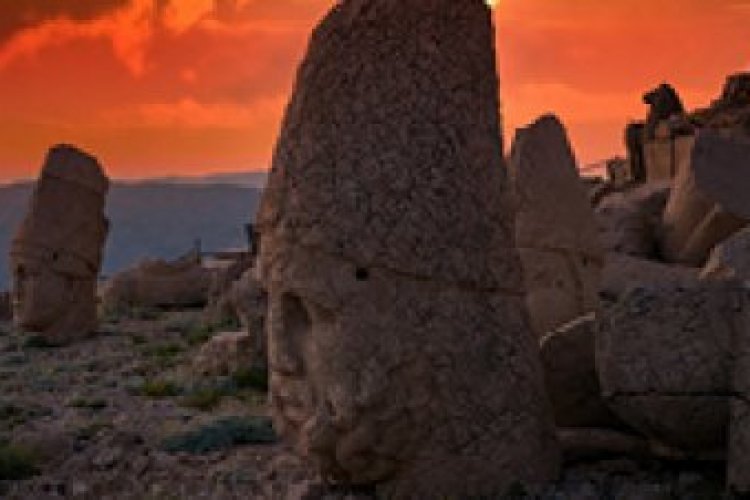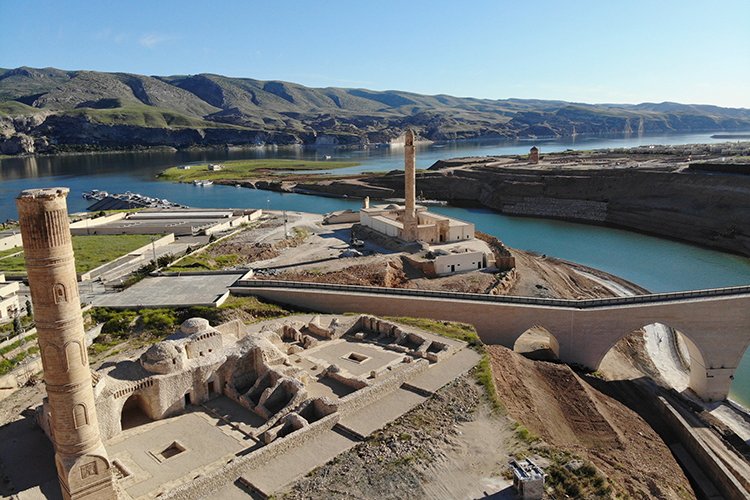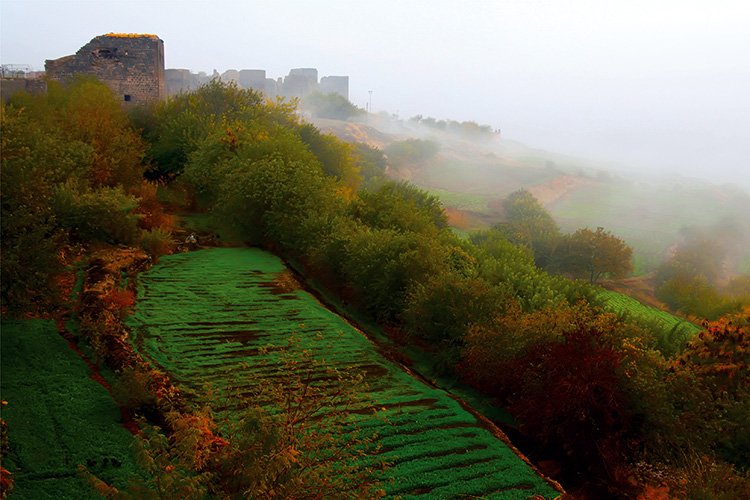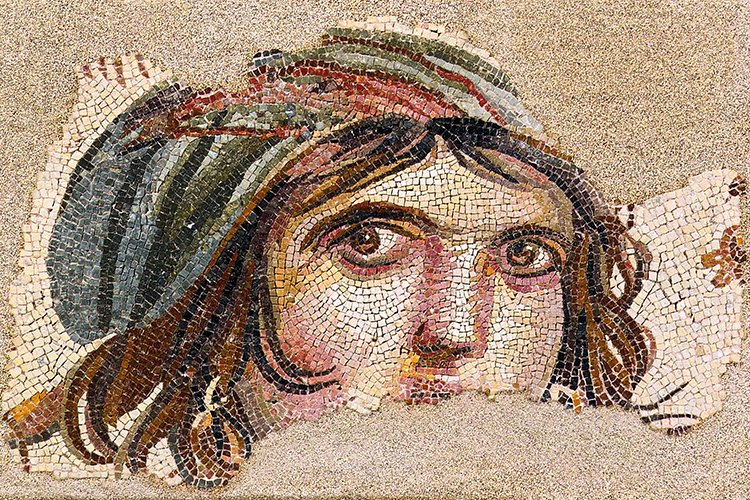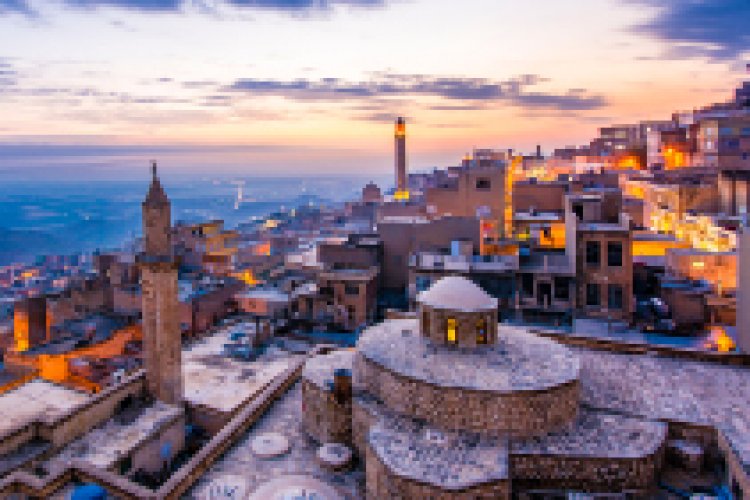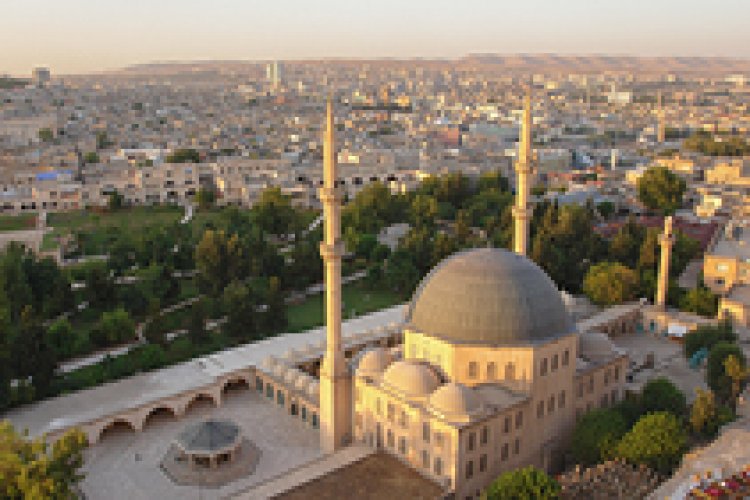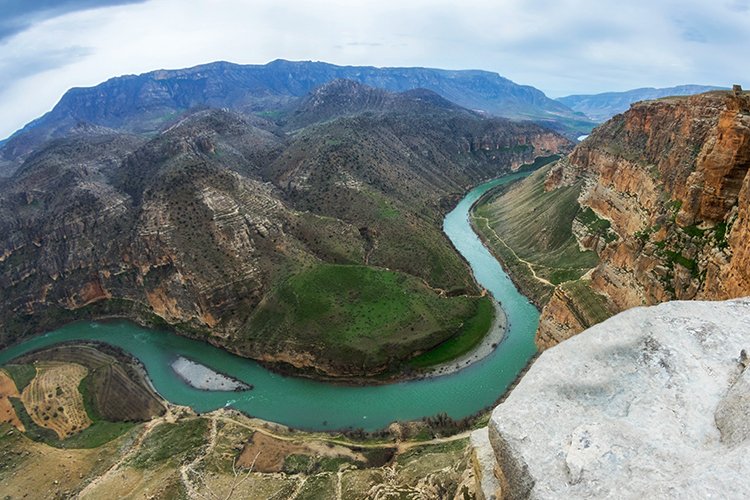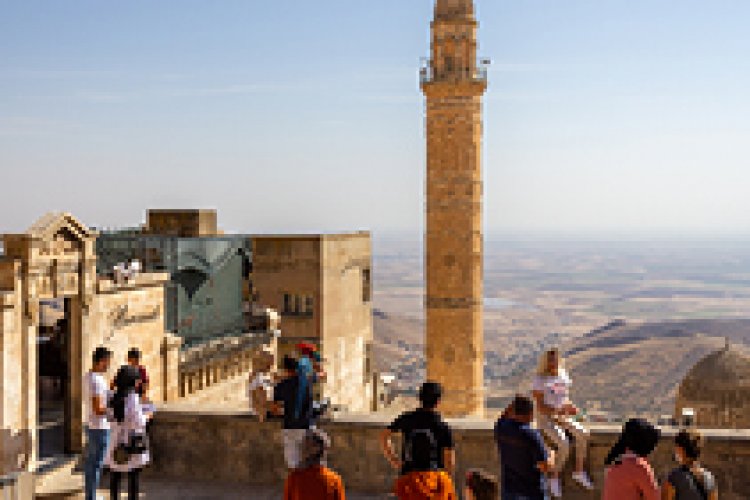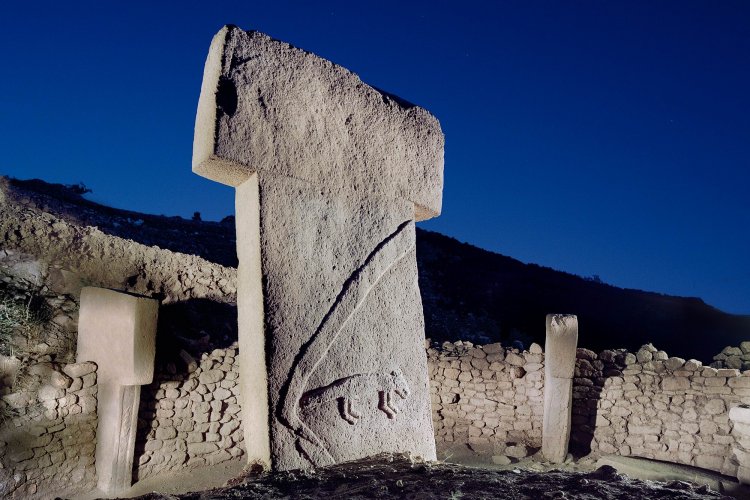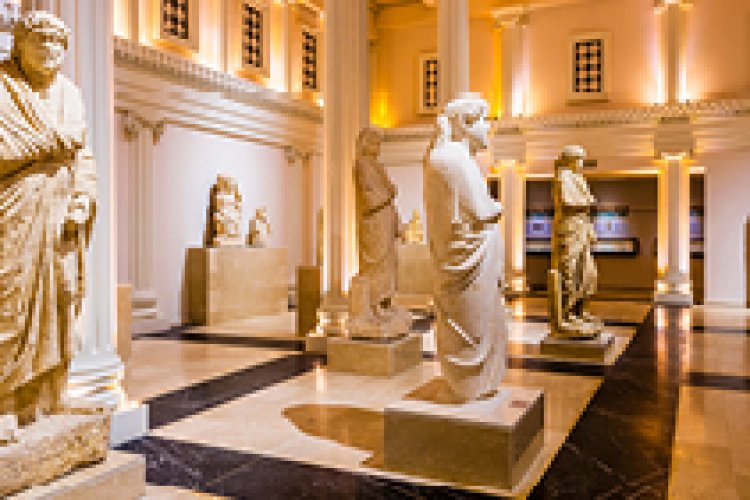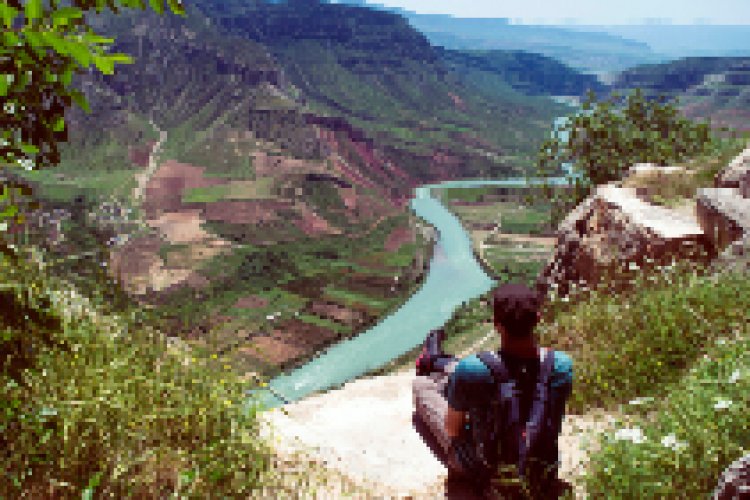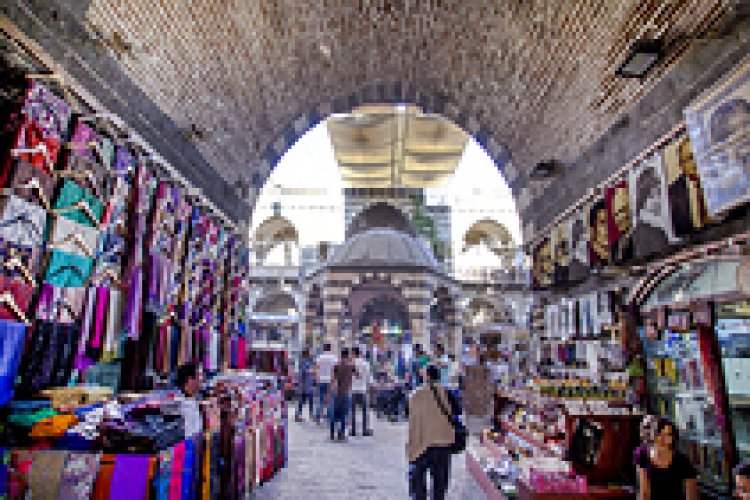Adıyaman
Welcome to "the place where the sun meets the day in the most beautiful way in the world". With its precious location in the upper border region of the Fertile Hilal, Adiyaman has hosted many cultures for thousands of years. It is almost impossible to mention everyone who has been here. Hittite, Assyrian, Persian, Commagene, Roman, Byzantine, Umayyad, Abbasid, Seljuk, Ottoman civilizations... Cultural treasures inherited from all of them are hidden here. Is it just culture and history? There is nothing like being alone with natural beauties accompanied by the icy waters of the Euphrates and the cranes. Speaking of nature, you can come across the "Crying Bride Tulip" unique to Adiyaman at any time during your walks in the country. Those who go to Adiyaman to explore flavors will not return empty-handed. Steak tartar balls, Adiyaman Hitab, Adiyaman tawa, halva with ice cream and cheese... Countless Adiyaman dishes will leave unique memories and tastes that you can never forget.
Must Do
See Mount Nemrut, the eighth wonder of the world, watch sunrise and sunset
Eat fish nearby the dam lake at Kahta
Visit Adiyaman Museum, see the "Golden Apple Award" granted to Mount Nemrut
Shop at Oturakci Bazaar and Sire Inn
Put your feet in the freezing water of Euphrates
Walk the Old Besni route
Wash your face at Roman Fountain at Perre Orenli Village
Did You Know
Upon the will of Therasa Goel, who conducted the Nemrut excavations between 1953 and 1973, her ashes were left in Arsemia after her death and a movie was shot about it.
The engagement of Friedrich Karl Dörner's daughter, who carried out excavations with Therasa Goel between 1960-1981, was made in Arsemia.
In the land of Kommagene, the place where the sunrise is seen first is the Eastern Terrace.
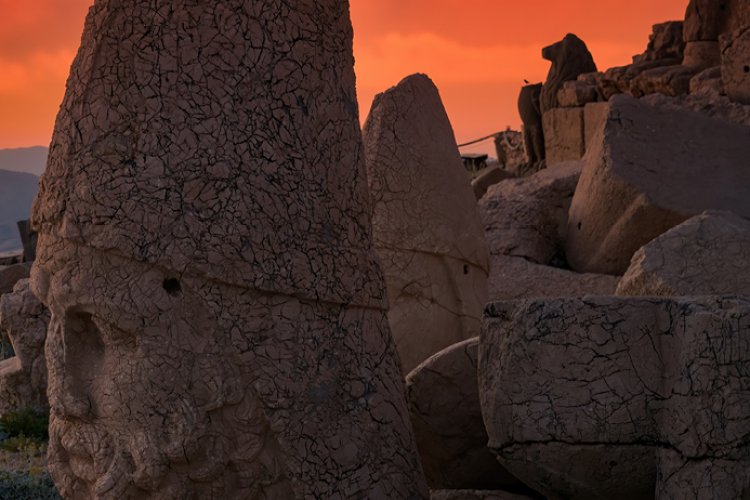
Mount Nemrut
A monumental tomb and giant sculptures with a unique natural beauty at an altitude of 2150 meters. These extraordinary structures still hold the name of the Kingdom of Commagene, which reigned in a tiny region trapped between the Roman and Persian empires for nearly 150 years and offered a synthesis of both cultures. It is a rare experience to watch the extraordinary view of the sunrise or sunset with 8-10 meters long sculptures close to the passages and plains of the Euphrates River. Don't forget to take a thick cardigan with you, even in the summer, when you go up the hill.
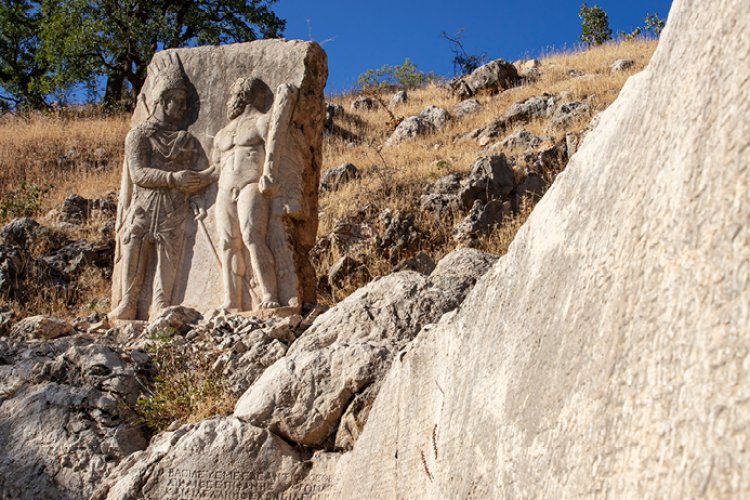
Arsemia Ruins
The summer capital of the Kingdom of Commagene, by the Kahta stream. It houses the largest known Greek inscription in Anatolia. In addition, Mithras' embossing stele was depicted shaking hands with King Antiochos, the demigod Heracles, 3.34 m high on the same platform in the southern ceremonial road.
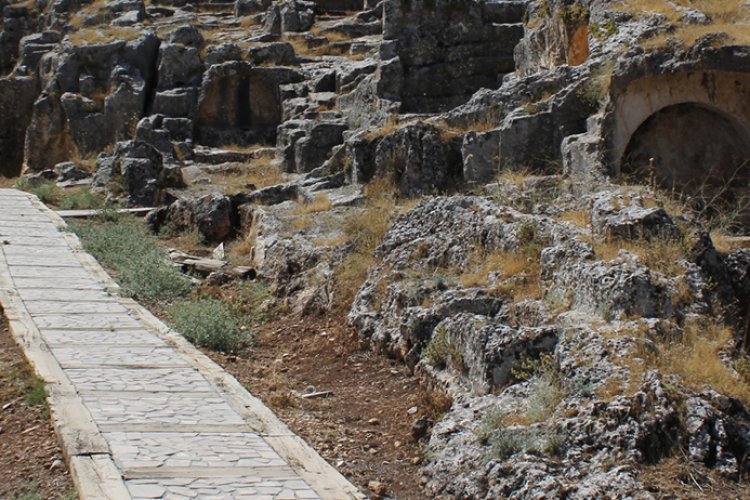
Perre Ancient City
Perre, one of Commagene's five largest cities and on an important road route, was of strategic importance during its period. The rock tombs carved into the rocks carry the power of the rulers of the ancient city to these days. Even in ancient Roman springs, the beauty of its water was used as a resting place by caravans, passengers and armies in the past. The Roman fountain is still in use, you can even fill your bottle there.
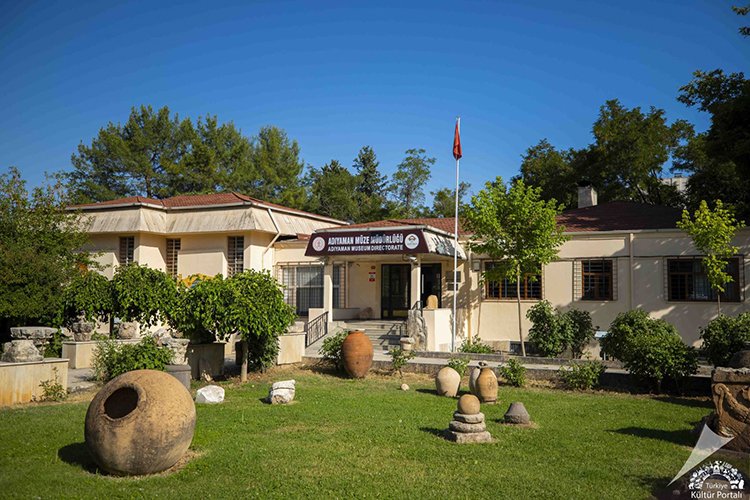
Adıyaman Museum
The most influential work in the museum, in which almost every period of history is exhibited, is the cult sculpture that was found in Kâhta in 1970 and dated to 7500-7000 BC and draws attention with its similarity to the sculptures in Göbekli Tepe. Do not pass without examine it. In the Hall of Ethnographic Works, handwoven items such as carpets, rugs and tapestries, women's and men's clothes, silver jewelry and copper items are exhibited.
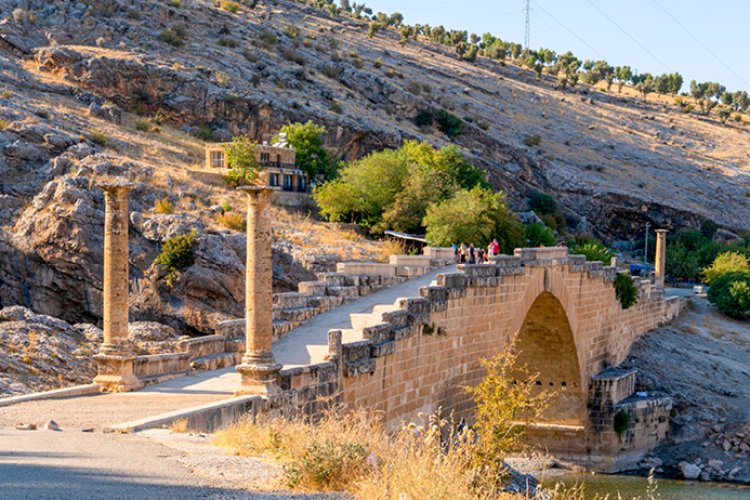
Cendere Bridge
A magnificent monumental example of Ancient Roman architecture that connects the two sides of the Cendere stream, flowing through a magnificent canyon. The 120-metre-long, mortar-free bridge stops time with its centuries-old stamina. On the bridge, where Roman legions often take appropriate steps, you will travel into time that connects the present to the past. While Roman Emperor Septimus Severus built the bridge, he erected four columns in the name of his wife and two sons, Caracalla and Geta. But since Caracalla, who took the throne after Severus, killed his brother Geta and destroyed everything built in his name in the country, there are only three columns on the Cendere Bridge today.
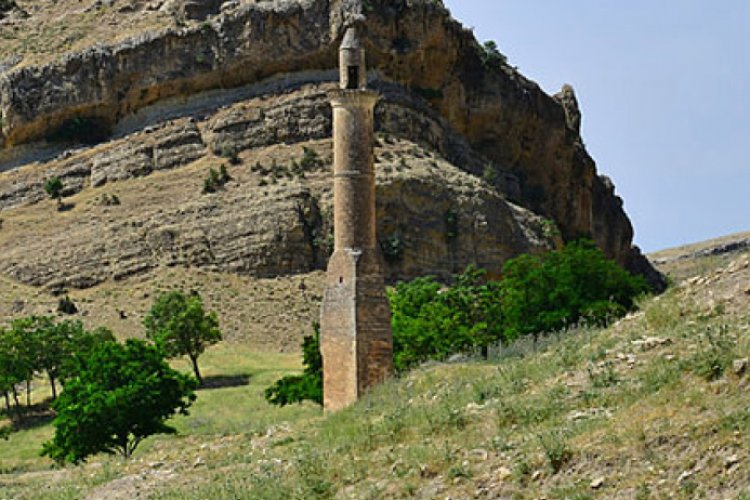
Old Besni
The fact that it is on the Aleppo Trade Road and has a very suitable structure for defense and a regular castle has increased the importance of the Old Besni in the eyes of the rulers throughout history. Besni Castle, which was built on a sharp hill surrounded by steep rocks on three sides, is still standing upright with its catapults and other building remains. The Old Besni ruins, where the castle is located, offer a very rich cultural invitation with mosques and minarets such as the Great Mosque, the Külhanönü Mosque, the Tokatmış Mosque, the bath and fountain from the Bekir Bey Complex and other complex, bridge and bazaar ruins. Keeping its charm alive at all times with its wetland and woodland presence, Besni used to be called Bethesna, which is why it was thought to mean "Equal to Heaven".
